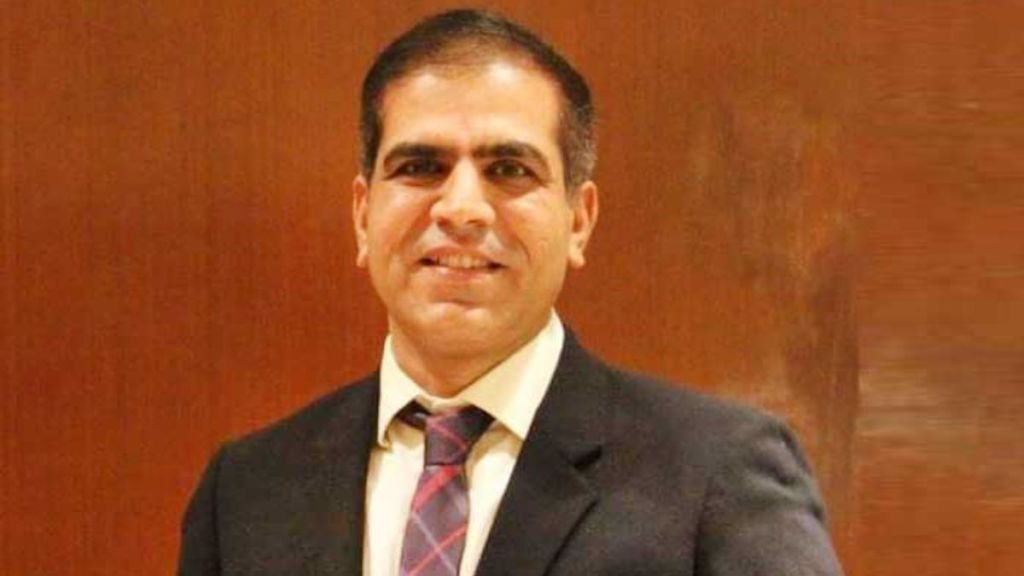Anil Ahlawat, CEO, MTG Learning Media, shares his views on opportunities and challenges of the Indian education system with FE Education Online.
What is the best thing about today’s education system?
In today’s education system, the best aspect is the shift towards holistic learning. We’re seeing a move beyond rote memorisation to practical, hands-on education. In schools concepts are being taught in a way that helps students understand and apply them in real-life situations. Additionally, there’s a growing recognition of the importance of skill-building alongside traditional academics. This equips students with the tools that prepare them for the real world. This includes projects, workshops, and interactive learning. It’s encouraging to see education becoming more hands-on and relevant to everyday life.
What is the one thing you would like to change in the system?
One of my primary concerns is ensuring that students have access to high-quality educational resources. I believe that every student, regardless of their background or location, should have the opportunity to receive a top-notch education. Bridging the gap between urban and rural areas is crucial in achieving this goal.
Additionally, I am committed to promoting practical, hands-on learning experiences. It’s essential that students not only grasp theoretical knowledge but also understand how to apply it in real-life situations. This approach not only enhances their academic performance but also prepares them with valuable skills for their future activities
What is the role digital has played in the evolution of the education system?
Digital technology has been a game-changer in education. It has made learning more interactive, engaging, and accessible. Things like e-books, interactive quizzes, and video lessons let students access lots of information easily. This means students can learn at their own speed and in their own way. Availability of e-books on different subjects and exams, online practice tests, and interactive books, video lectures and live online classes makes learning more fun. These tools give students more control over their learning, select the best resources as per their requirements from anywhere in the world. This is making them feel more confident and independent.
Digital technology also lets students connect with others around the world. They can share ideas and learn from each other. This makes education more exciting and helps students understand different perspectives. It’s like being part of a big learning community.
What has been the disadvantage of digital in education?
Digital education, like every coin, has its two sides. From my own experience, I’ve observed that there are some drawbacks associated with digital education. One challenge of digital education is the digital divide. Not all students have equal access to digital devices and the internet, which can lead to inequalities in learning opportunities.
Additionally, there’s a concern about increased screen time. Prolonged exposure to screens can lead to issues such as eye strain, sleep disturbances, and a sedentary lifestyle, which may have negative consequences on overall well-being. Digital learning in my view also reduces personal interaction and socialisation that traditional classroom offers.
What is the career advice you would like to give to students?
I would advise students to follow their passion and pursue what truly interests them. Keep in mind that the world is changing fast, so never stop learning. This will help you stay aligned with your strengths and interests. Don’t be afraid to explore non-traditional career paths or consider entrepreneurship.
Lastly, remember that facing challenges is a normal part of any journey. Instead of getting discouraged, see them as chances to learn and grow. Keep moving forward, and don’t give up on your goals. Wishing them all the best for their future goals.

